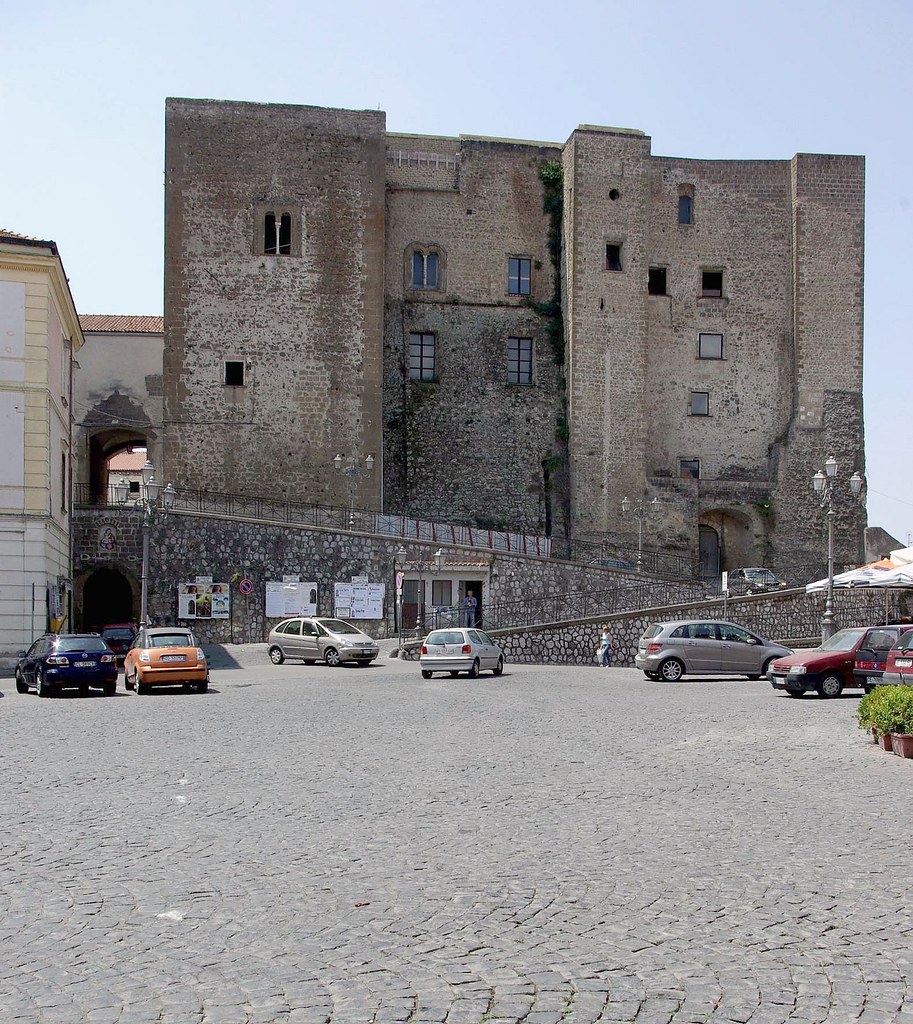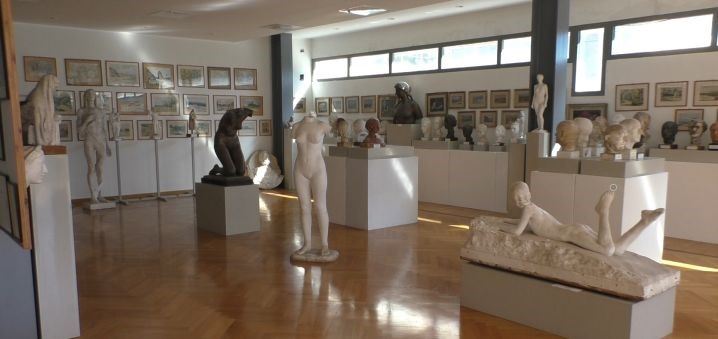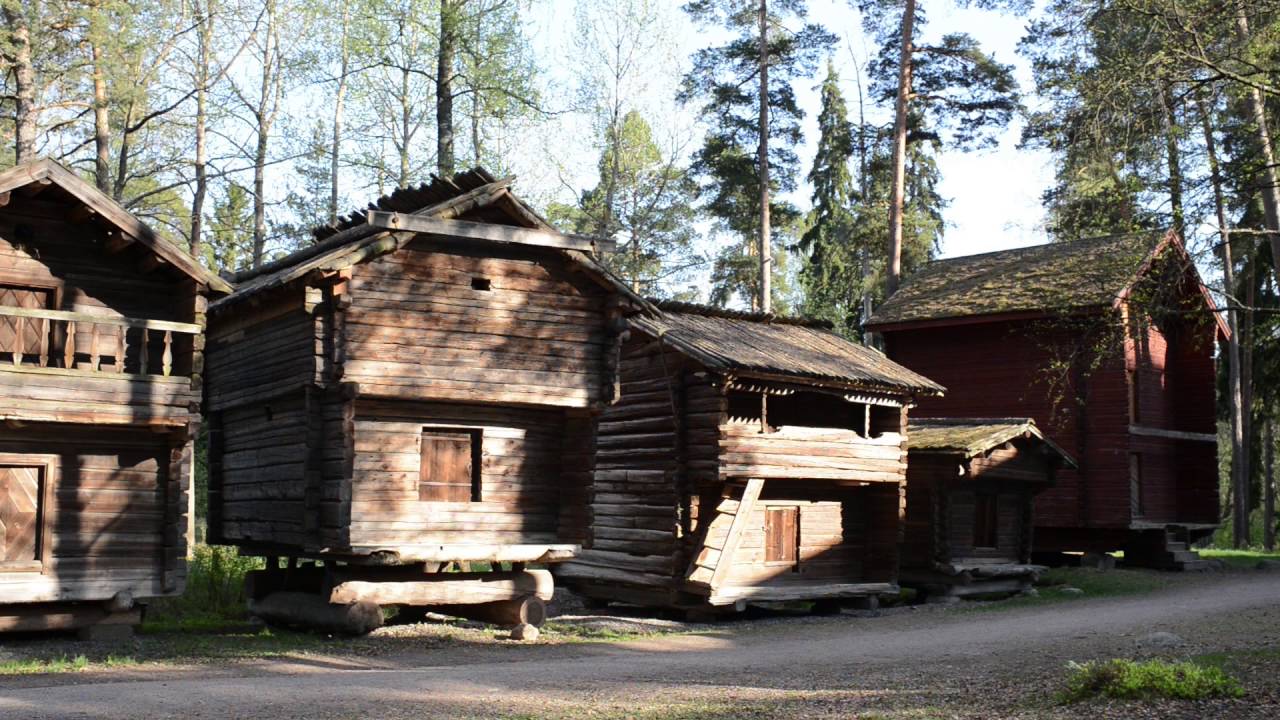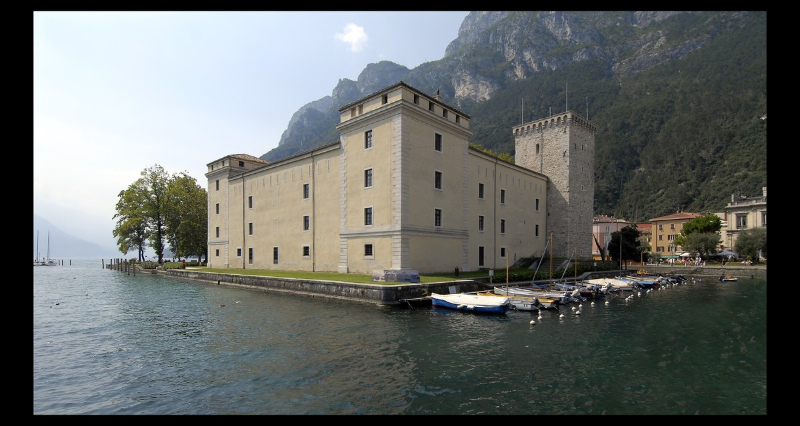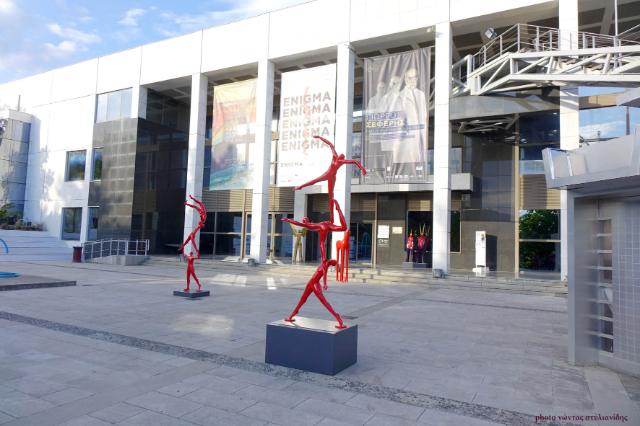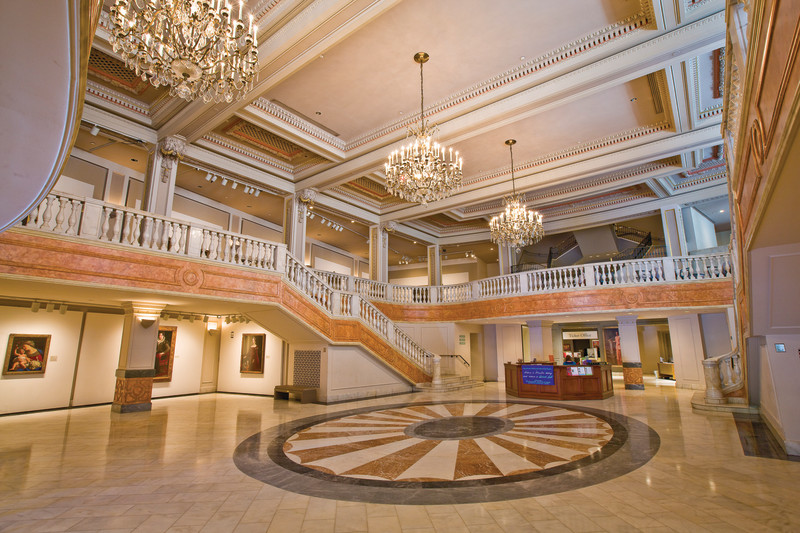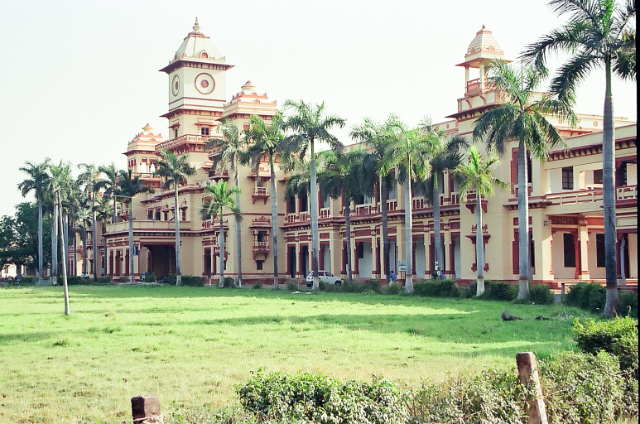The Ducal Castle houses, in a single room, a small part of the archaeological finds from the excavations conducted by the Superintendence between 1999 and 2003 in the area of the Roman Theatre of the city, one of the largest and most magnificent in Roman Italy. The materials, mainly marble, are distinguished by their conservation and high quality. They are, in fact, statues belonging to the gallery celebrating the Antonine age that decorated the front of the theatre. Beyond the entrance, at the end of the hall, the imposing two-tone statue representing Matidia Minor, sister-in-law of the Emperor Hadrian, benefactor of the city and creator of the restoration of the theatre of the Augustan age, strikes the visitor. The statue is made of two different types of marble: grey for the long dress and white for the portrait and the other naked parts of the body. Matidia is represented with the drapery fluttering and swollen by the wind like a divine Aura that manifested itself to the people by appearing in the centre of the stage building. It is not only an absolute masterpiece of Roman art, the result of the work of oriental workshops committed to the imperial house, but also the polychrome statue representing a character of the most complete imperial family that has come down to us and the first known portrait of Matidia Minor. Next come the loricate statues of Hadrian and another emperor, acephalous, in which one must perhaps recognize Antoninus Pius; the beautiful bust of Sabina Augusta, Hadrian’s wife, that of Salonia Matidia, mother of Minor, and two headless female torsos representing two unknown members of the imperial house. Along the side walls of the hall there are some sculptures coming from the buildings adjacent to the front of the theatre: on the left wall compared to the entrance, there is the colossal head of Livia Augusta, coming from the imperial sacellum at the top of the steps; the statue representing the god Nile lying and surrounded by cherubs, which decorated the nymphaeum of the southern basilica and some Corinthian and Ionic capitals coming from the porticoes and the scenic building. On the wall to the right of the entrance, you can see the lower part of a Venus Marina, also from the nymphaeum, a lying satyr, which adorned the proscenium of the theatre and the statue of a faun from the northern basilica of the theatre. Along the wall opposite the one where the statue of Matidia is placed, you can see the monumental inscription testifying to the restoration work carried out in the theatre (2nd century A.D.), some architectural elements from the marble decorations and the colossal portrait of Drusilla Panthea, Caligula’s divinised sister. Finally, on the walls there are some panels with fragments of the pictorial decorations found during the excavations, while in the central part of the room there is a splendid mosaic of black and white tiles of the Augustan age.
